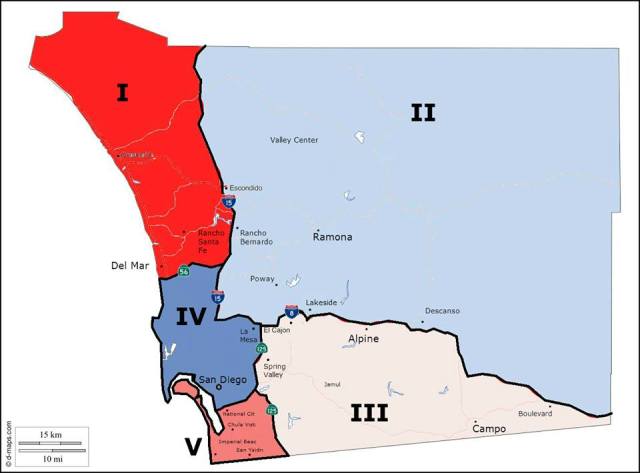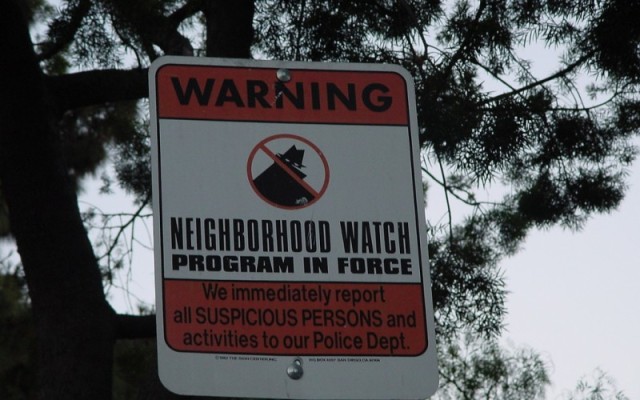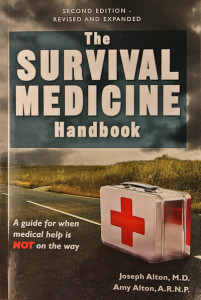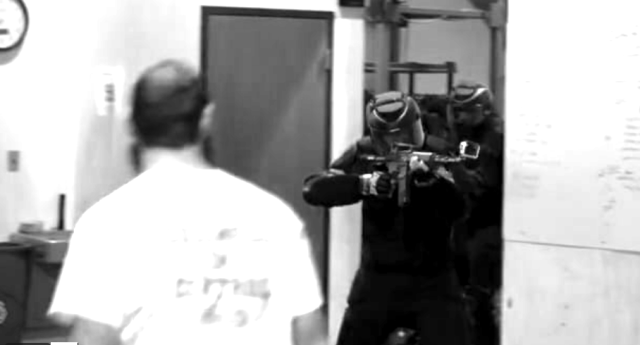In any community, there are stabilizing factors and destabilizing factors — it doesn’t matter if the it’s the Global Community or the Shady Acres subdivision. And these destabilizing factors go doubly so during an SHTF event where there’s much more likely to be instability.
There are going to be people and events that cause security problems and threaten the safety of you and your neighbors. Unfortunately, any physical response in the short term is also likely to be destabilizing.
Consider a village in Afghanistan or a town in Iraq: insurgents move in and destabilize the area (often targeting political and commercial pillars of the community) and the U.S. response is to come in and fight the insurgents. Combat operations are inherently destabilizing factors. In most cases, combat operations to find and kill the area’s insurgents actually causes more instability in the near term.
And consider what’s happened in Burns, Oregon over the past couple weeks. In this case, the Ammon Bundy & Crew occupied some empty Refuge buildings over thirty miles outside of town. Physical impact on the community? Very low. But the psychological impact was high, mainly due to exploitation by the media and local authorities. In other words, instability.
And then came the arrival of other belligerents like the FBI, which further destabilized the community. In the case of the FBI and local law enforcement, instability was good. It gave them talking points and allowed them to influence community members against the occupiers, which were made out to be the root cause of their suffering. The presence of the FBI didn’t decrease the already very low threat the occupiers posed to the community, however, turning the municipal airport into Forward Operating Base Burns added to the list of destabilizing factors.
One thing I noticed while embedded with the PPN is that their relationship with community members was growing in size and scope. There were lines drawn, certainly, but one of the ways that the PPN was attempting to bring stability to Burns was to get the community involved and give them some of their power back.
Essentially, that’s the effect of instability: power. When the Taliban comes into a village and threatens or coerces local governance, the power is being taken away from the elders and the tribe. When the Taliban taxes commerce and steals for their logistical support, they’re taking power away from the local economy. Once the Taliban are driven out, that power is eventually restored. And that’s the basis of population-centric counterinsurgency: removing destabilizing factors while providing security and restoring power to local governance.
So in an SHTF situation where we’re actively providing security, how do we provide stability for the community when combat/security operations brings so much instability?
First, we have to identify the destabilizing factors. Begin searching along political, military, economic, social, infrastructure and informational lines (often referred to by the acronym PMESII). A shadow government put into place by an organized gang would bring political instability, leaving residents asking who’s really in charge? A grid-down event would bring economic, infrastructure and social instability because a lack of essential services degrades society. The arrival of a mobilized National Guard unit or increased law enforcement presence, along with checkpoints and patrolling, are examples of how military/security operations disrupts daily life in your area.
Sometimes we may identify symptoms, instead of root causes. For instance, the mobilized National Guard unit is in response to something. It’s just a band-aid, so our job (especially as an intelligence element) is to identify the reason for their presence. Is there an active threat, or has the unit been mobilized as a precaution for an unseen but potential event? An organized gang implementing their own government, or forcing it on the area, is a symptom of poor governance or a lack of governance. The gang is just filling the vacuum.
Once we identify the destabilizing factors (especially their causes and effects), then we can begin searching for an adequate remedy. Facilitating commerce in an area and ensuring that free trade is protected will bring some stability back to an area experiencing grid-down effects or brownouts. If the National Guard more so destabilizes the area than the criminality for which they were brought in to combat, and if the community helps defeat the criminal organizations, then it becomes more likely that the National Guard unit can be forced to pack up and go home.
To combat a shadow government, we might face a two-pronged approach: a kinetic fight against the enforcement of their governance, ensuring that they can’t enforce their rules on our neighbors, while re-forming or supporting good governance locally and gaining the cooperation of our neighbors to support a more viable system.
Effectively, this is exactly what’s going on in Burns, Oregon right now. Local, state and federal authorities are working to fight a grass roots insurgency over Article 1, Section 8 of the Constitution, regarding which government entity can own federally-controlled property. It’s really about the governance of land.
If the people of Burns and Harney County force the resignation of their political leaders (currently a destabilizing factor for the grass roots insurgency) and replace them with representation that holds their interests at heart, then the insurgency will have more local power and their popular support will likely grow. If the people can’t do that — if they can’t find ways to limit or remove the factors destabilizing their efforts — then they will eventually lose their fight.
Samuel Culper is the director of Forward Observer, an Open Source Intelligence provider. He was an Army and contract Intelligence analyst with multiple tours in Iraq and Afghanistan. He is also the author of two books: Security and SHTF Intelligence










